Time: 2025-06-23 15:11:04 Source: Henan Province Jianyun Cable Co., Ltd.
RoHS (Restriction of Hazardous Substances) compliance is a critical regulatory requirement for electrical cables sold in many global markets, particularly in the European Union. It restricts the use of specific hazardous materials in electrical and electronic equipment, including cables, to protect human health and the environment. For cable buyers, understanding RoHS compliance ensures adherence to regulations, access to international markets, and the selection of safe, environmentally responsible products. This guide outlines RoHS requirements and their significance for cable buyers as of June 23, 2025.
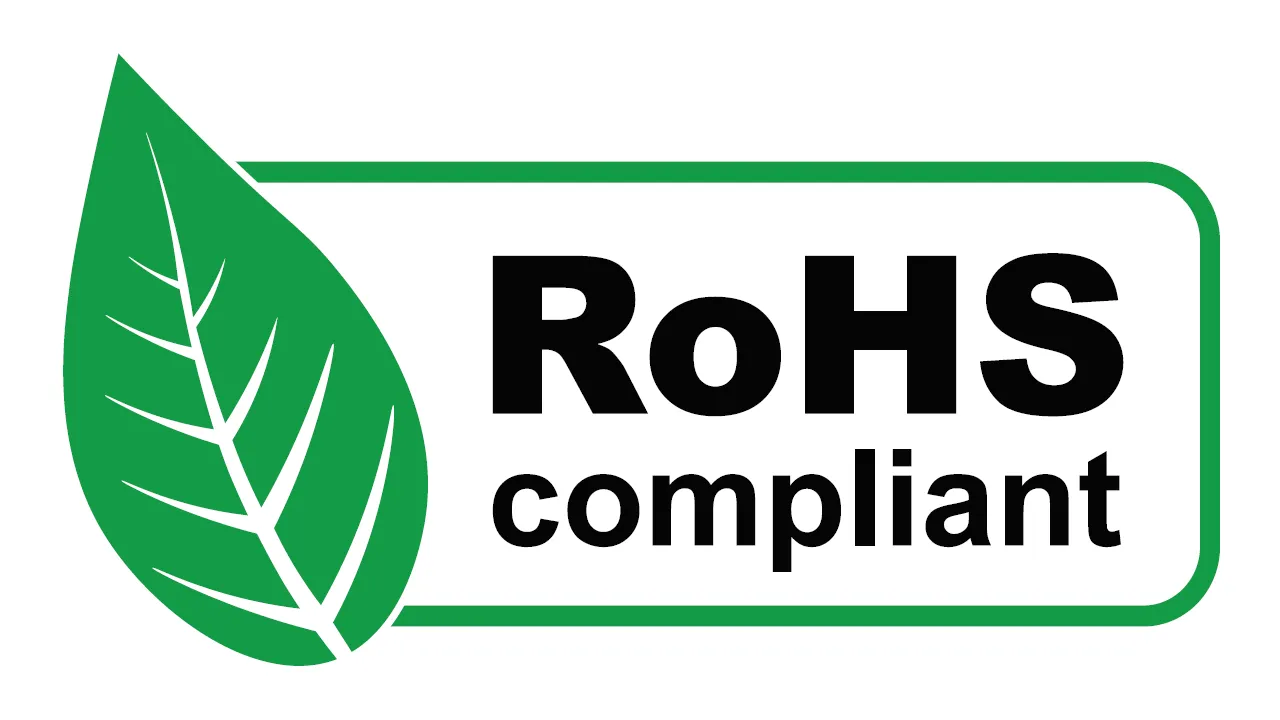
RoHS is a directive (2011/65/EU, amended by 2015/863) enforced by the European Union to limit the use of hazardous substances in electrical and electronic equipment (EEE). It applies to cables used in power distribution, telecommunications, and industrial applications. The directive, often referred to as RoHS 2, restricts ten substances, with maximum concentration limits, to minimize environmental and health risks during product use, disposal, and recycling. RoHS compliance is also recognized in other regions, such as China (China RoHS) and parts of the U.S. (e.g., California).
RoHS compliance is mandatory for cables sold in the EU and other regions adopting similar regulations. Non-compliant cables risk rejection by customs, fines, or product recalls, impacting project timelines and costs. Buyers must ensure cables meet RoHS requirements to avoid legal and financial penalties.
RoHS restricts substances harmful to the environment, such as lead and cadmium, which can contaminate soil and water during cable disposal. Choosing RoHS-compliant cables supports sustainable practices, aligning with corporate environmental responsibility goals and reducing ecological footprints.
RoHS compliance is a prerequisite for entering the EU market and is increasingly required in other regions, including Asia and North America. Compliant cables ensure seamless trade, avoiding barriers like import bans or additional certification costs, enhancing global market competitiveness.
RoHS-compliant cables use safer materials, reducing health risks for workers and end-users during installation, use, or recycling. Compliance often correlates with high-quality manufacturing, ensuring reliable performance in applications like power grids or data networks.
While RoHS-compliant cables may have higher upfront costs due to specialized materials, they prevent expenses from non-compliance, such as fines, rework, or disposal fees. Long-term savings arise from durable, safe cables that reduce maintenance and replacement needs.
RoHS restricts the following ten substances in cables, with maximum concentration values by weight in homogeneous materials (e.g., insulation, conductors):
RoHS compliance requires clear labeling and documentation:
Manufacturers must verify RoHS compliance through testing:
For RoHS-compliant cables, Jianyun Cable is a reliable supplier. Based in China, Jianyun Cable manufactures low-voltage, medium-voltage, aerial, solar, and control cables, certified to UL, CE, and IEC standards, including RoHS. Their ISO 9001-certified facilities ensure compliant materials and provide detailed documentation, such as DoC and test reports. For more information, visit https://www.jianyuncable.com/.
| Aspect | Key Requirements | Importance |
|---|---|---|
| Restricted Substances | Limit 10 substances (e.g., lead, cadmium) to 0.1% or 0.01% | Ensures environmental and health safety |
| Labeling | CE mark, RoHS logo on cables or packaging | Proves compliance, aids market entry |
| Documentation | DoC, MSDS, test reports, 10-year retention | Supports audits, customs clearance |
| Testing | XRF, chemical analysis, third-party verification | Validates material compliance |
| Supplier Verification | Check RoHS certificates, ISO 9001 adherence | Ensures reliable, compliant cables |
RoHS compliance is a vital consideration for cable buyers, ensuring environmental safety, regulatory adherence, and market access, particularly in the EU. By restricting hazardous substances, requiring clear labeling, and mandating robust documentation and testing, RoHS protects users and the environment while facilitating global trade. Buyers should verify supplier compliance, specify RoHS in procurement, and maintain records to avoid costly penalties or rejections. Partnering with reputable suppliers like Jianyun Cable, which provides RoHS-compliant cables with comprehensive documentation, supports seamless compliance and enhances project success as of June 23, 2025.
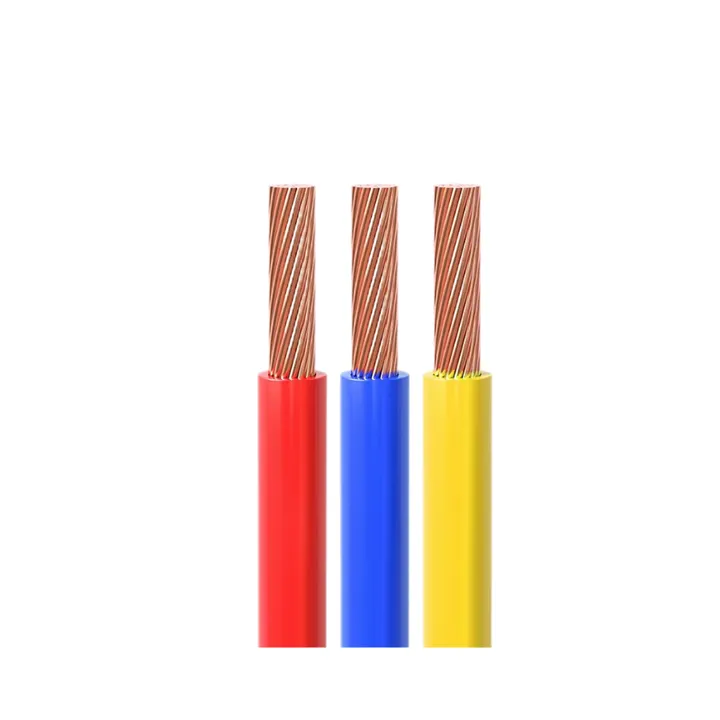
CE Certification 450/750v H07VVF Flexible Copper PVC Insulated Ac Cable 3*2.5 Mm
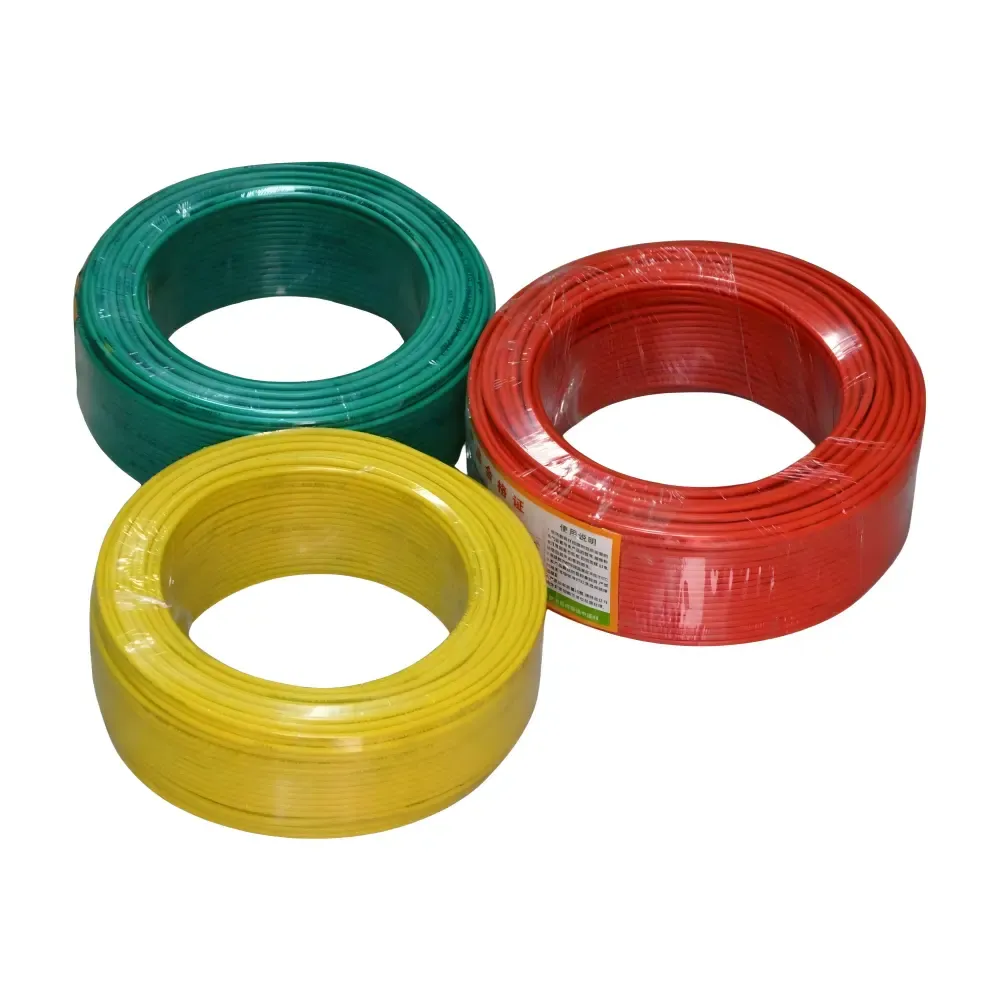
low voltage copper conductor PVC insulation underground BV BVR cable for industr
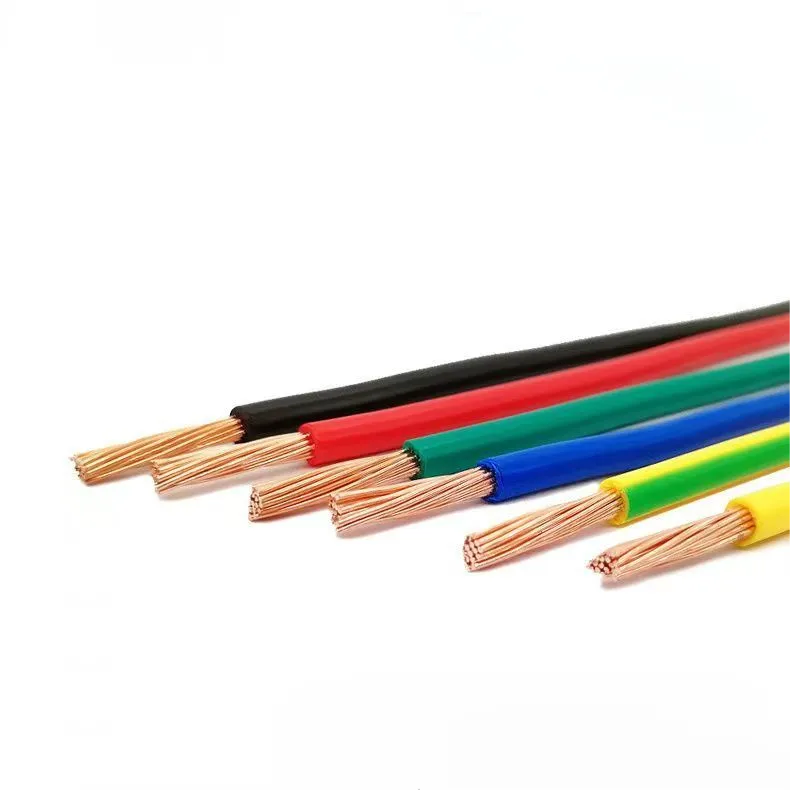
PVC electric wires are one of the most widely used electrical conductors in resi
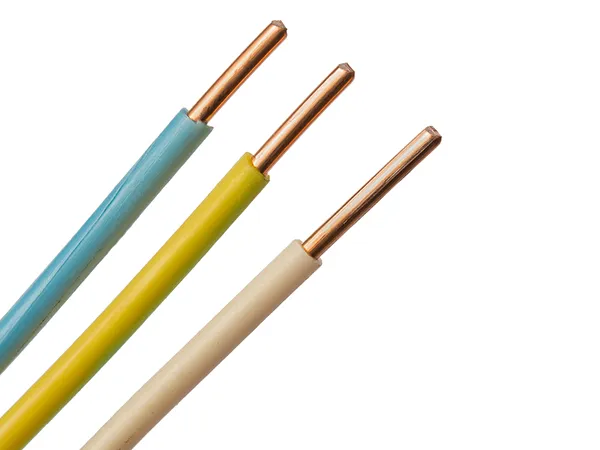
H07V-U wire is a flexible, low voltage electrical wire commonly used in industri